Symposium signals thriving W&M undergraduate research community
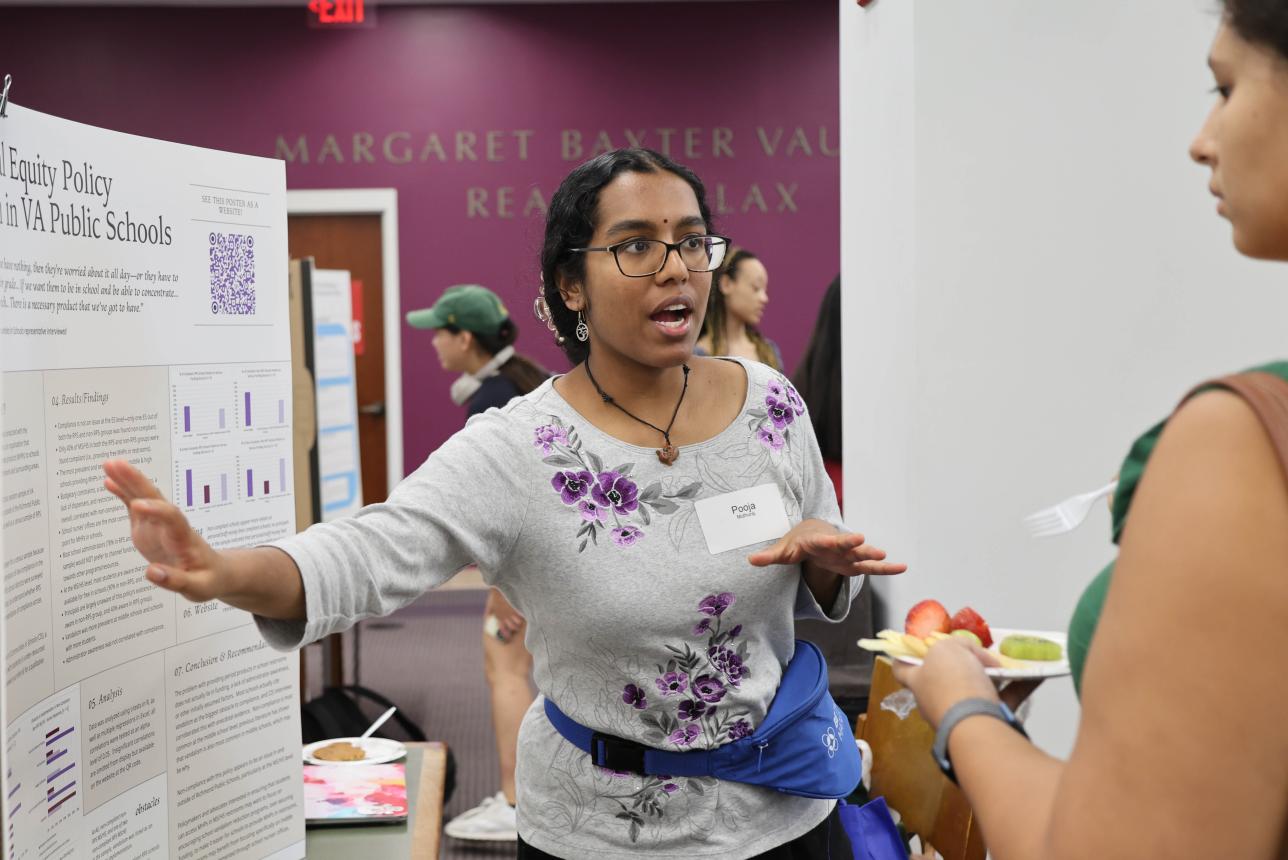 With more than 1200 students, faculty, staff, and community members participating in the Charles Center's annual Fall Undergraduate Research Symposium Sept. 20 in Swem Library, William & Mary's thriving undergraduate research community was on full display.
With more than 1200 students, faculty, staff, and community members participating in the Charles Center's annual Fall Undergraduate Research Symposium Sept. 20 in Swem Library, William & Mary's thriving undergraduate research community was on full display.
Divided into three sessions - two for printed and digital poster presentations and one for the arts - the symposium offered a unique opportunity for students of all disciplines to share, learn from one another, and celebrate their dedication to rigorous research.
According to Charles Center Director Elizabeth Harbron, the symposium included 221 students who received support from a number of organizations on campus, including the Charles Center, to pursue research alongside faculty mentors over the summer.
“We are thrilled to showcase the tremendous breadth of research topics our students explore in their projects,” Harbron said. The symposium is one of the few campus-wide events that shows “what research looks like in different fields from presenters spanning the arts, humanities, social sciences, and sciences,” she added.
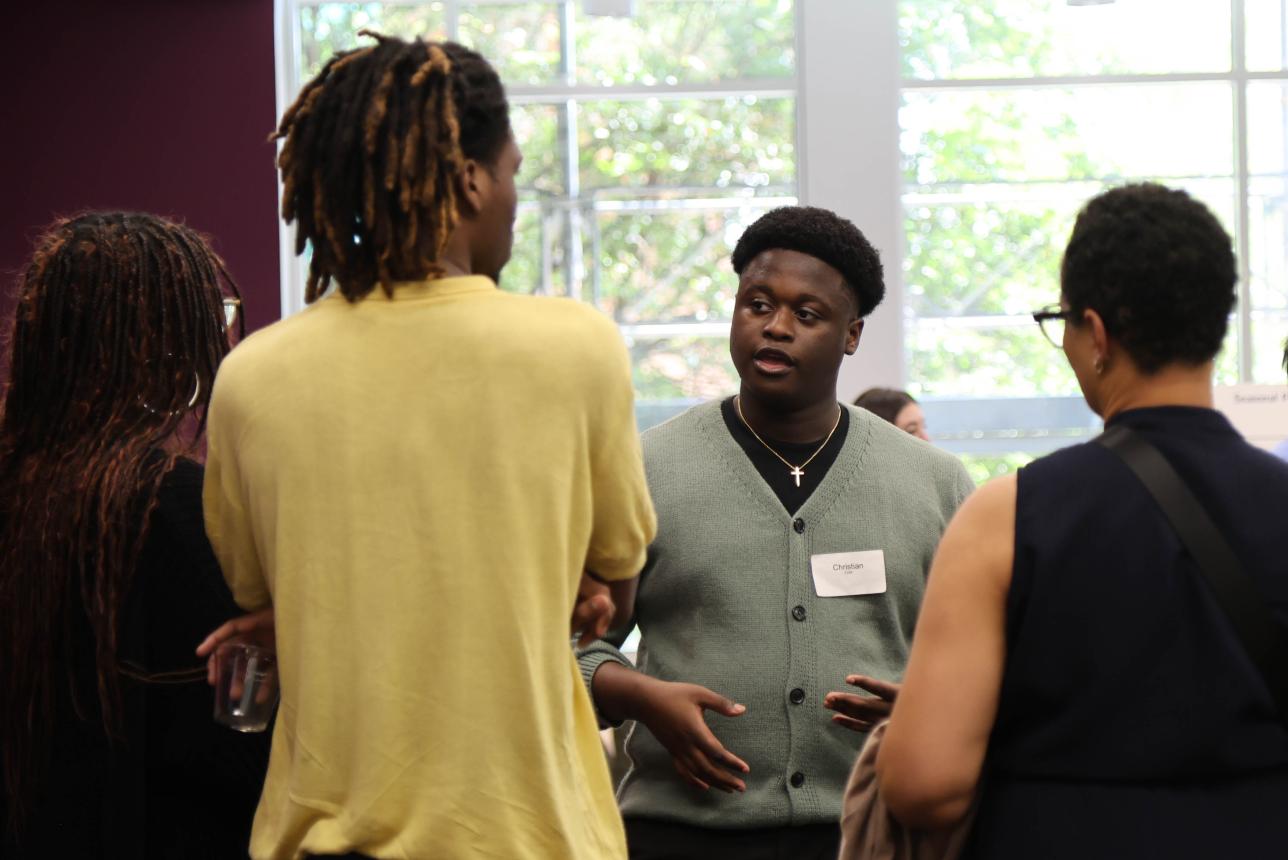 This past summer, the Charles Center awarded nearly $1M in research grants to over 270 students in more than 40 majors. These grants took a variety of forms, including traditional summer research grants, Research in Motion travel grants, Honors Fellowships for rising seniors, and Catron Grants for Artistic Development.
This past summer, the Charles Center awarded nearly $1M in research grants to over 270 students in more than 40 majors. These grants took a variety of forms, including traditional summer research grants, Research in Motion travel grants, Honors Fellowships for rising seniors, and Catron Grants for Artistic Development.
Senior Aggie Rigo Saitta was one of the 31 students who pursued summer research projects abroad, including in the United Kingdom, France, Spain, Greece, and South Korea. Saitta traveled to Kenya to study the challenges encountered by female members of the Massai tribe in sustaining their livelihoods through small businesses.
“I was incredibly lucky to hear the personal stories of dozens of different women and was welcomed into their homes, villages, and places of work to understand their day-to-day lives better,” Saitta said. “We also became very close with the members of our organization and were weaved into their daily lives from attending their local church services, to participating in celebratory goat roasts and playing volleyball with them daily after work,” she said.
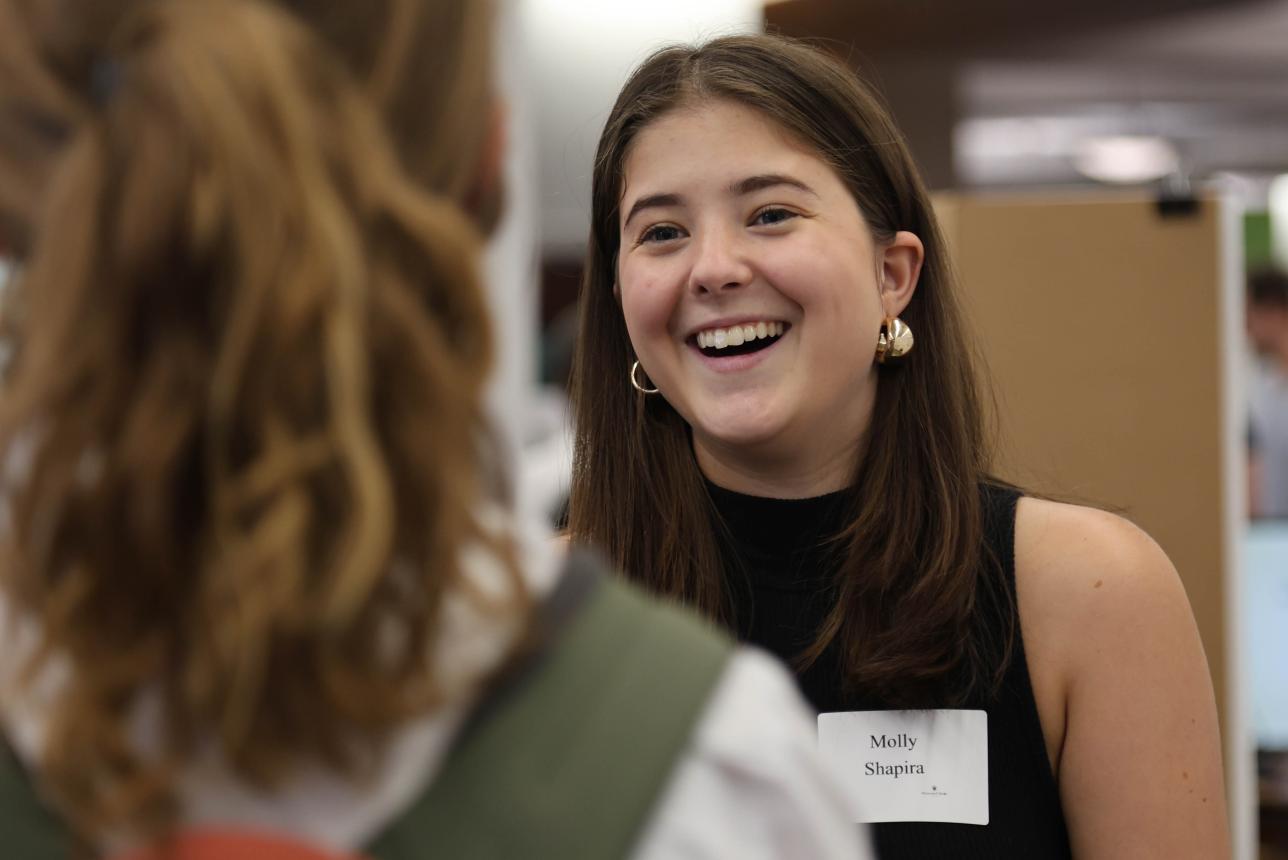 Saitta explained that her experiences living among the Massai last summer not only advanced and inspired her academic work but profoundly influenced her in ways that transcended the scope of a traditional research project.
Saitta explained that her experiences living among the Massai last summer not only advanced and inspired her academic work but profoundly influenced her in ways that transcended the scope of a traditional research project.
“Aside from the educational benefit this experience provided me,” Saitta said, “it really impacted me on a personal level as I was able to feel integrated in a culture and reality that was worlds apart from my own.”
Fifty-six of the projects on display at this year’s symposium were focused in arts and humanities fields and 95 in the social sciences. Topics in these areas range from senior Sarah Mahooti’s research on historic university theater costumes in relation to the treatment of queer and female bodies to sophomore Benetta Wang’s “A literature review on early life stress: The varied effects of deprivation and threat.”
Wang’s literature review considered different models in accounting for the effects of child abuse on developmental outcomes. This subject has been extensively studied through a cumulative approach, which holds that a greater amount of adverse childhood experiences directly results in greater developmental impacts. However, in recent years a new model had been proposed known as the dimensional model.
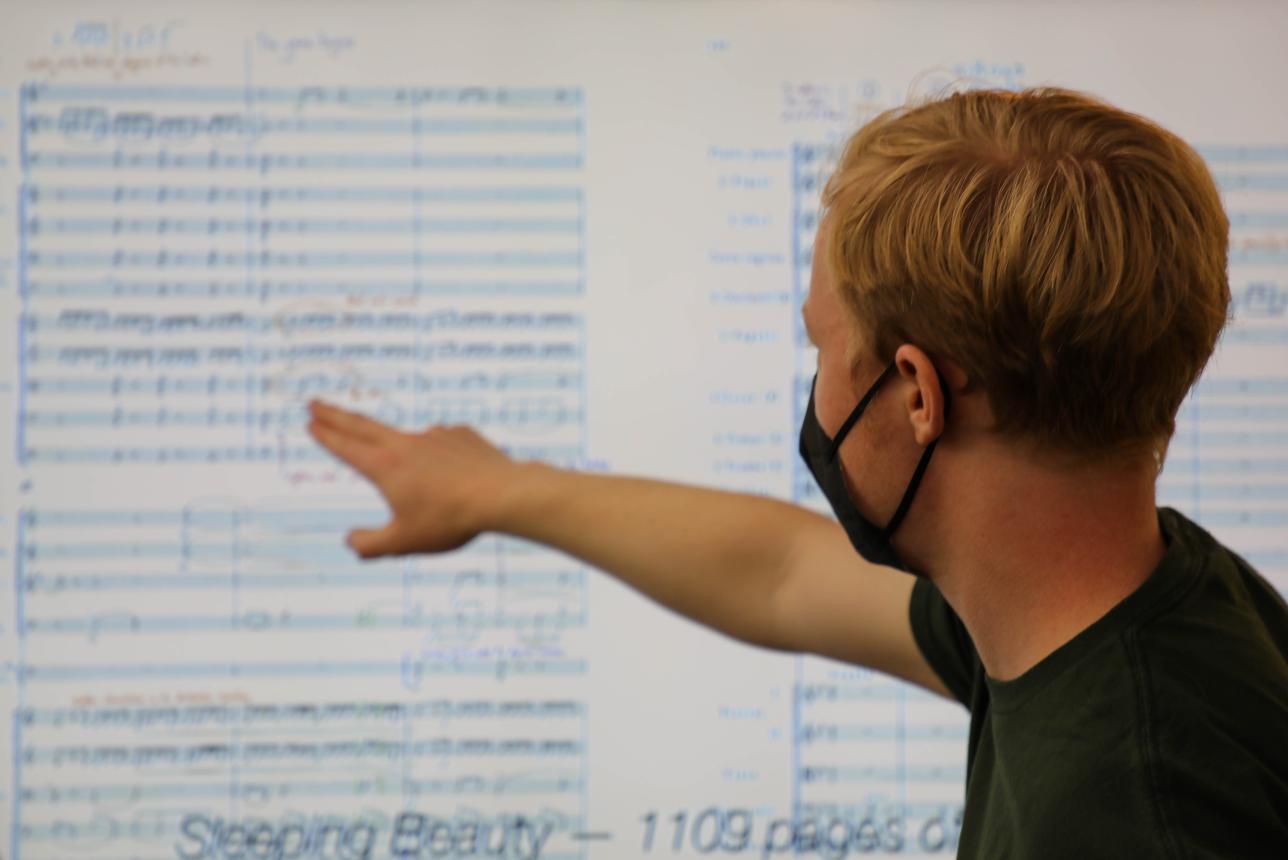 “The dimensional model criticized the cumulative approach for implying that different experiences add up and contribute to a negative outcome without acknowledging that these different experiences may contribute to the outcome through several different avenues or mechanisms,” Wang explained. “Understanding these mechanisms can be important to prevention, intervention, and treatment efforts.”
“The dimensional model criticized the cumulative approach for implying that different experiences add up and contribute to a negative outcome without acknowledging that these different experiences may contribute to the outcome through several different avenues or mechanisms,” Wang explained. “Understanding these mechanisms can be important to prevention, intervention, and treatment efforts.”
The Charles Center also distributed grants to dozens of students pursuing STEM-related projects who presented at the symposium. Neuroscience major Allison Dolan ‘25 shared her research on “the relationship between autistic traits and gender dysphoria through the Reading the Mind in the Eyes” test, while Aaron Wang ‘27, a chemistry and biology double major, discussed “using photocrosslinking non-canonical amino acids to create more effective cancer treatments.”
More than 75 summer research projects were conducted by women in STEM fields, highlighting a significant gender diversity at W&M in historically and still predominantly male-dominated fields.
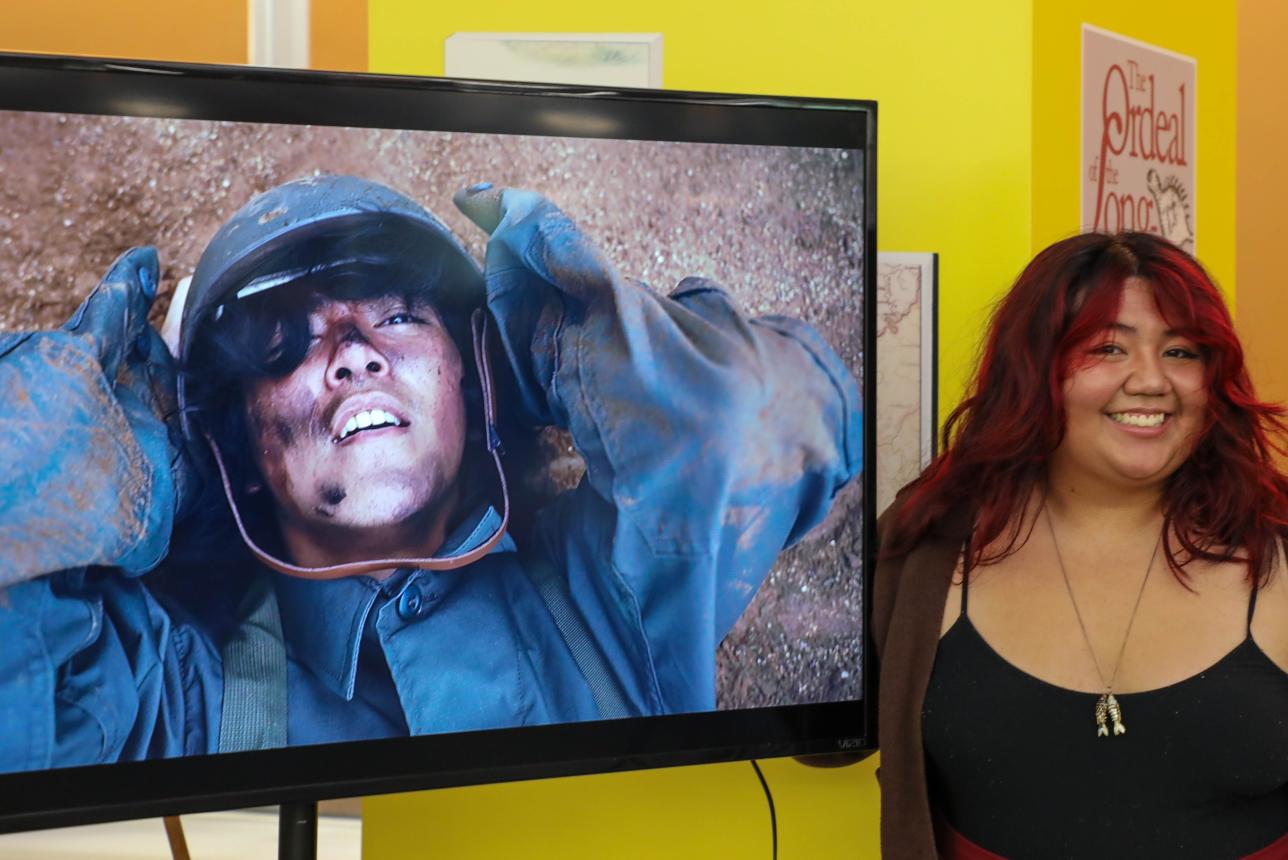 Twenty-six presenters highlighted their research on environmental conservation and sustainability topics, reflecting a burgeoning interest in these fields on campus. Among them was Sophia Heilen ’26, who examined several different classification methods for identifying coastline ghost forests.
Twenty-six presenters highlighted their research on environmental conservation and sustainability topics, reflecting a burgeoning interest in these fields on campus. Among them was Sophia Heilen ’26, who examined several different classification methods for identifying coastline ghost forests.
“A ghost forest is an area that used to be a healthy forest, but then with sea level rise, usually motivated by climate change, there is an increase of brackish water in the soil, and the forests turn from healthy forests into dying forests and eventually marshlands. At that point, they are not able to fulfill the role of a forest, so it's a huge issue,” Heilen explained.
To broaden the number of indexes used in classifying ghost forests, Heilen considered a variety of variables, including land cover data, land surface temperature, and transpiration. Her findings have real-world implications that could help motivate conservation decisions in the future.
Charles Center Research Ambassador Emily Larsen ‘25, a biology major minoring in studio art, helped set up and run the symposium. She pointed to the hundreds of new connections made among students eager to step over disciplinary lines to encounter new perspectives and to consider new approaches.
“It is awesome to see so many students from different departments sharing their research with peers,” Larsen said. “It really highlights one of my favorite things about William & Mary, that every student here is passionate about learning and sharing their experiences.” 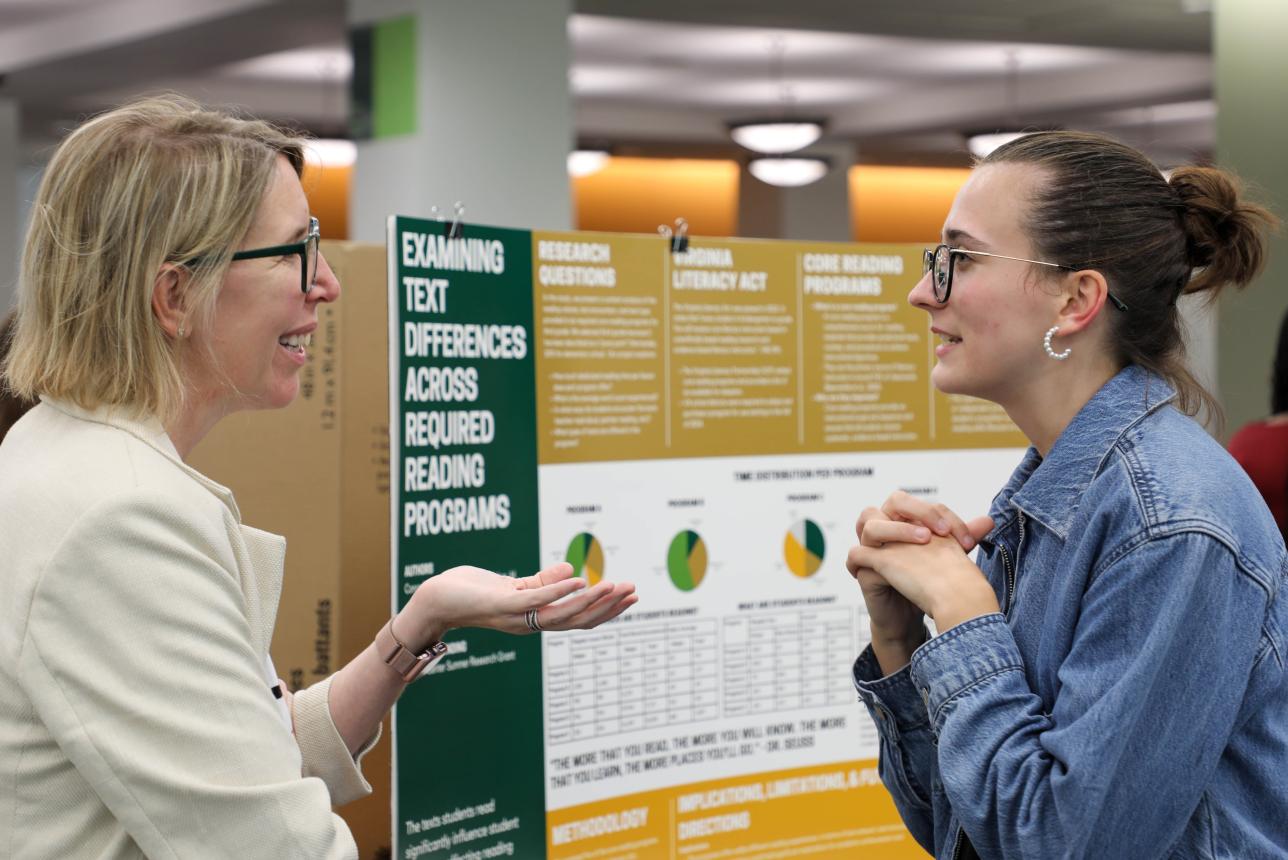 The Charles Center’s Harbron also noted the symposium's high degree of intellectual cross-pollination involving students and faculty from across the university.
The Charles Center’s Harbron also noted the symposium's high degree of intellectual cross-pollination involving students and faculty from across the university.
Though faculty did not present alongside their students, Harbron said, the symposium was one more way that their commitment to teaching, research, and mentorship is in evidence on campus. “The gathering also highlighted the results of countless hours of mentorship that occurs during faculty office hours, in labs, and out in the field,” Harbron said.


















